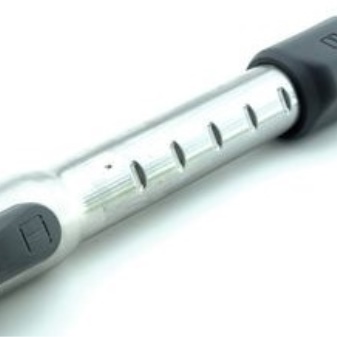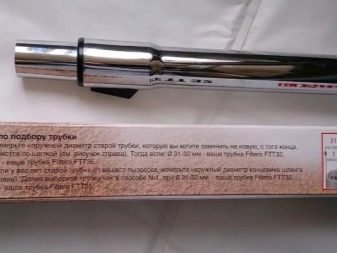Features and characteristics of telescopic tubes for vacuum cleaner

Even the best vacuum cleaners can't do their job if they don't get a steady stream of outside air. A wide variety of hoses and nozzles are used for this purpose. But at the same time, a telescopic tube for a vacuum cleaner has also become widespread.
Features and device
This part always has such a design to exclude an independent "exit" from the mount. The components of the telescopic tubes are:
- external channel;
- an inner channel with an axially oriented retaining bar;
- stopper (sometimes several stoppers);
- an outer tube cuff that encloses the inner canal.


The cuff body contains an additional stopper and its drive. This actuator is made in the format of a swivel body in direct contact with the locking block. Previously, the locking lugs had to be inserted into the locking holes of the internal channels. These holes were formed by punching, and therefore were sometimes not at a 90 degree angle. As a result, the structure periodically "jumped out" of the nest.
In modern models, this problem has been successfully solved, and the blocking is quite reliable.
The telescopic suction tube is fixed in position by means of a built-in spring. In products of all leading brands, it is closed from the inside - opening is not initially provided. Most often, the spring block looks like a curved ring. Additionally, non-separable teeth and caps are added.



How to disassemble and repair?
However, it is still possible to open the telescopic tube and repair it. The sequence is as follows:
- a narrow hole is drilled at the location of the fixing button;
- the button is pulled back;
- the screw is unscrewed;
- and the tube is easily divided into parts.






This technique will definitely work for Samsung and LG products. But with Samsung handsets, a different approach could be taken. Clamps, divided into upper and lower parts, interfere with disassembling them. They are removed by turning them 10 or 15 degrees. The spin direction is determined by the ease of movement.
Important: you should not use brute force. This can lead to permanent damage. When there is no move in one direction, you just need to twist in the opposite direction. Having exposed the halves of the middle part of the tube, they are carefully loosened. The sleeve and plastic stoppers are removed last.
The division into these parts is already enough to determine the cause of the breakdown.
When the defect has been eliminated, the assembly is carried out in the reverse order. There is no need to rush and make excessive efforts again. But it is advisable to cover all metal parts with a silicone-based lubricant. In some pipes, the connection of the parts is achieved using strong latches. Their latches can be moved apart with the tips of flat screwdrivers, however, this requires carefulness and care.



How to choose?
Even for the most demanding consumers, telescopic tubes can fail. And then it becomes necessary to buy a new product. The question is logical - which diameter is better, and how to choose a pipe in general. In the past, they were actively made from plastic. However, newer models are predominantly equipped with steel and aluminum tubes.
They have proven their reliability and practicality in practice. Even the lower price of plastic does not allow you to ignore this moment. Recommendation: Filtero extension pipes are now the most versatile solution. They will fit any brand of vacuum cleaners, provided that the hole diameter is 3.2 or 3.5 cm, and the hole itself has a perfectly round shape. These two sizes cover almost the entire range of products manufactured today.


For an overview of the telescopic pipe LG AGR34410710, see the following video.













The comment was sent successfully.